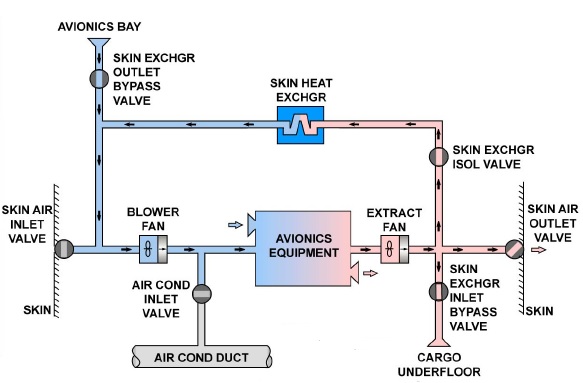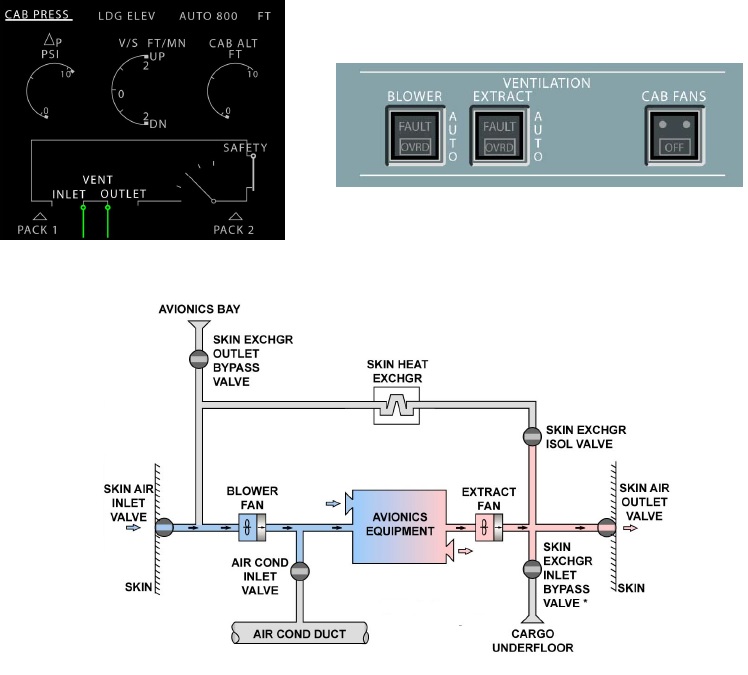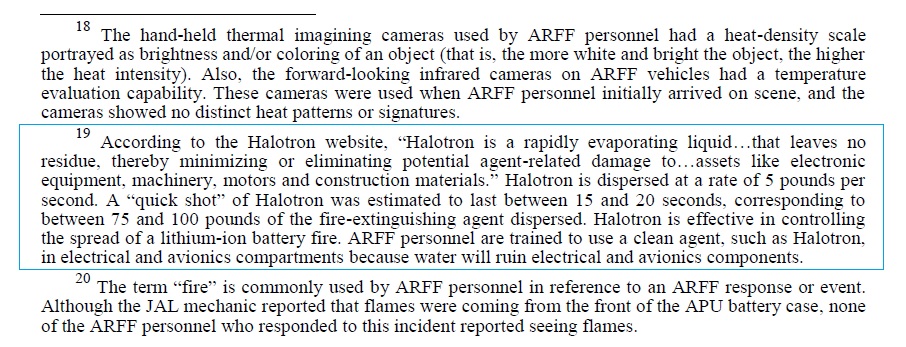 par Beochien Dim 22 Mai 2016 - 13:09
par Beochien Dim 22 Mai 2016 - 13:09
Ce qu'en dit le Capt John Cox, sur la BBC !
Très remonté contre les batteries Lith-Ion, et il a aussi une bonne idée du timing ... qui ne correspond guère à un feu de cabine, car assez court, et sans mayday !
Sans un timing certain, j'ai l'impression que la 1° partie de la descente était contrôlée, suite à une alerte X, et que les ACARS ont été émis pendant cette descente (Pas avant du moins)
Le feu de toilettes je n'y crois pas trop ...
L'incendie dans le rack avionique me paraît un peu plus crédible, pour xx causes, noter la proximité de la soute avant, et des trappes de train ... un gros pétard artisanal (Du style que qq furieux balancent dans les stades, sans se faire détecter) peut avoir suffi pour mettre le feu sans disloquer l'avion.
"For a fire, that's a very short period of time. For an explosive event, like a bomb, that's a very long period of time," he says.
http://www.bbc.com/news/world-middle-east-36349096
----------------------
Noté Zeke (un bon !) sur A.net !
Ca concerne les ventilations des avioniques.
Rep 124
http://www.airliners.net/aviation-forums/general_aviation/read.main/6701324/#menu121
The ECAM AVIONICS SMOKE means smoke has been detected in the extraction duct of the avionics ventilation system. The Avionics ventilation system is not just the avionics bay, it is also for cooling all of the electrical components on the flight deck including the instrument panel (i.e. the display units and the mode control panel), the overhead panels, and the circuit breakers. The air used to cool the cockpit instruments and circuit breaker panels comes from the cockpit. The air used for the avionics bay comes from the air conditioning duct.
Be careful jumping to conclusion that AVIONICS SMOKE means smoke generated in the avionics bay, it can also mean smoke inside the cockpit being drawn in during the normal ventilation process into the extract duct generating the ECAM.








